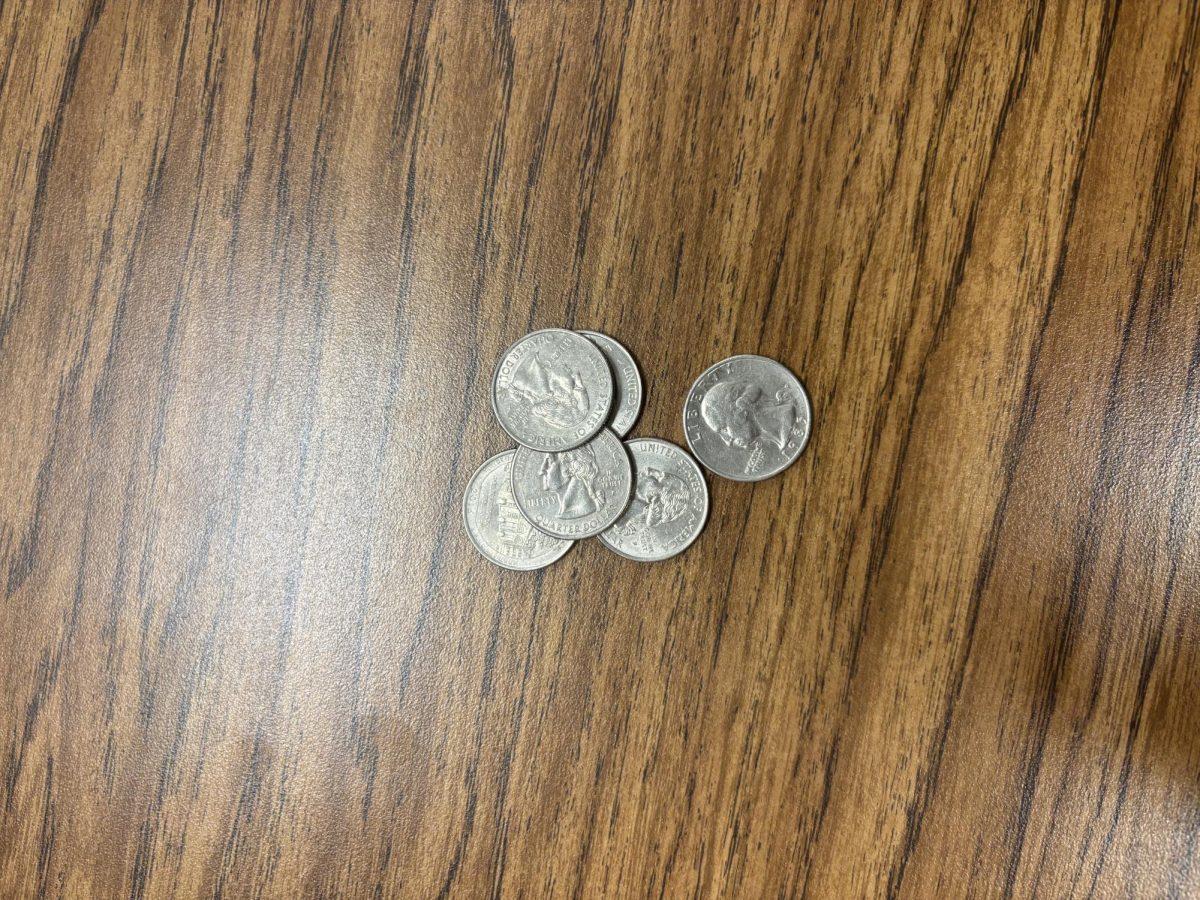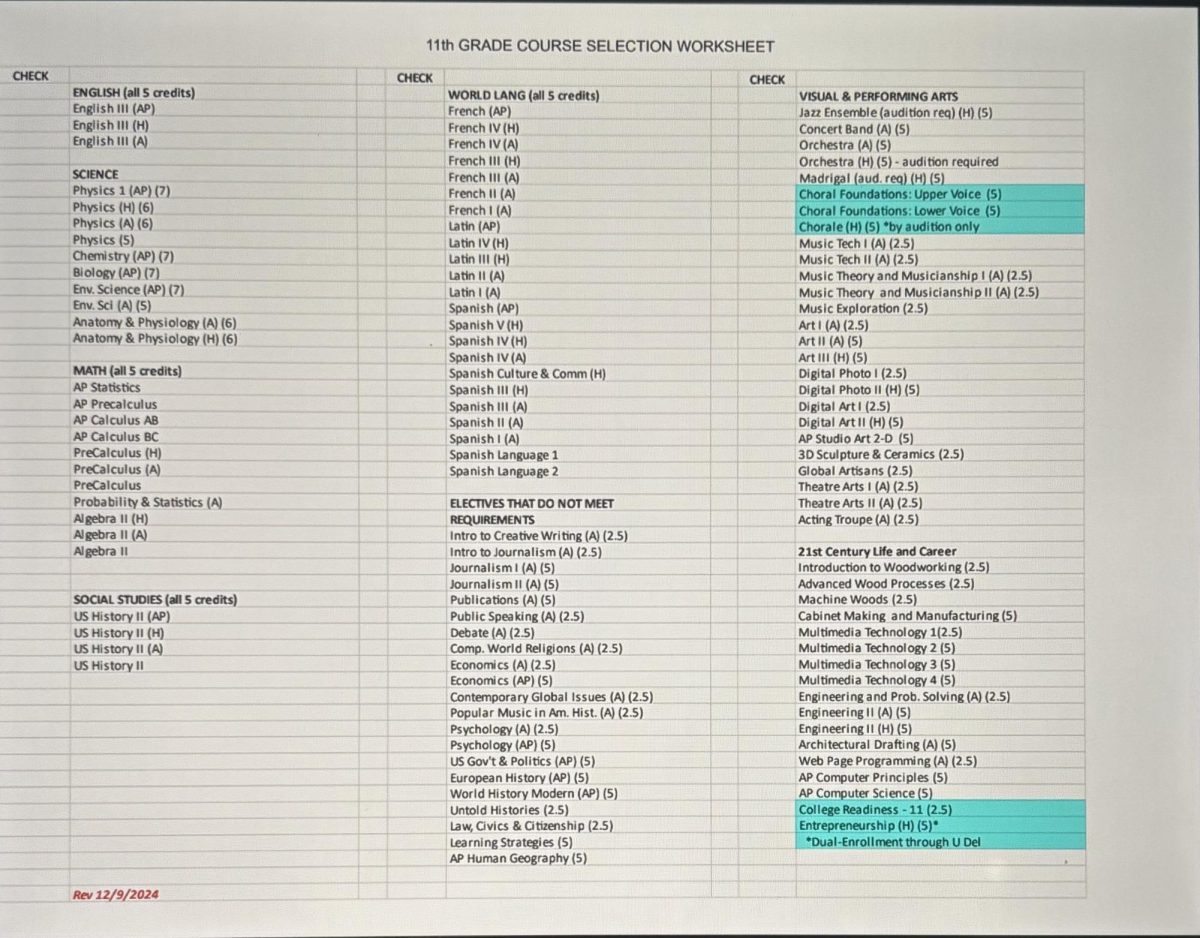After releasing Tenet in 2020, right when movie theaters reopened amidst the Covid-19 Pandemic, writer/director Christopher Nolan, cinematographer Hoyte van Hoytema, and composer Ludwig Gorranseon returned to the big screen with a bang this past summer with the presentation of Oppenheimer.
The movie starred actor Cillian Murphy (Batman Begins, Peaky Blinders) and was an adaptation of the book American Prometheus: The Tragedy and Triumph of J. Robert Oppenheimer by Kai Bird and Martin J. Sherwin. The plot of the film centers around Oppenheimer’s trial to retain his U.S. government security clearance nine years after the dropping of the atomic bomb and unpacks many people and events from his past that support and deny his case. A good chunk of the movie is dedicated to the building of the atomic bomb, but the overarching story is closer related to the trial.
The film was met with critical and audience appraise boasting a 93% on Rotten Tomatoes and 8.6/10 on IMDb. The film also exploded at the box office, grossing over 900 million dollars worldwide, the second most all-time by an R-rated movie.
The most impressive aspects of the film were the technical parts. The movie had impeccable sound design, and the decision by Christopher Nolan to use practical effects rather than CGI (computer-generated imagery) in a movie involving a bomb was awe-inspiring. Nolan and the visual effects workers took individually filmed images and used a computer program to layer them together and create the shots in the movie. This process is called digital composition. The images layered together were filmed in real life rather than generated by computers, thus eliminating the use of CGI in the film.
Another standout aspect of Oppenheimer was Murphy’s performance and commitment to the title character. His authentic emotions on screen paired with his work to prepare for the role make for a potential academy award winning performance by Murphy. Prior to filming, he read the entire Bhagavad Gita, a 700-page Hindu religious text the real Oppenheimer was fascinated by. He skipped meals to perfect the sleek look of the father of the atomic bomb and learned how to speak 30,000 words of Dutch for only a minor scene in the film, a feat Hoyte Van Hoytema helped him accomplish.
As for Nolan’s writing, the script was written in the first-person, breaking a cardinal rule of screenwriting (always write in the third-person), and covers themes such as escaping one’s past and the threat of nuclear war in modern society. That latter theme mentioned was hit home in the final scene with a brilliant callback to earlier in the film. The screenplay does get very complex and hard to follow at times as so many different characters from so many different scenes come back to testify in Oppenheimer’s trial, but the initial confusion will only make the film sweeter on rewatch.
Students and teachers around BHS have raved about the movie. Sophomore Andrew Tropp said, “I thought Murphy’s portrayal (of Oppenheimer) was incredible, his best performance yet, and of course an amazing job directing from Nolan.”
Brilliant filmmaking by Christopher Nolan, combined with Hoye Van Hoytema’s cinematography, Ludwig Gorranson’s booming background music, and Cillian Murphy’s standout performance make Oppenheimer one of the best movies of the 2020s. Rating: A








